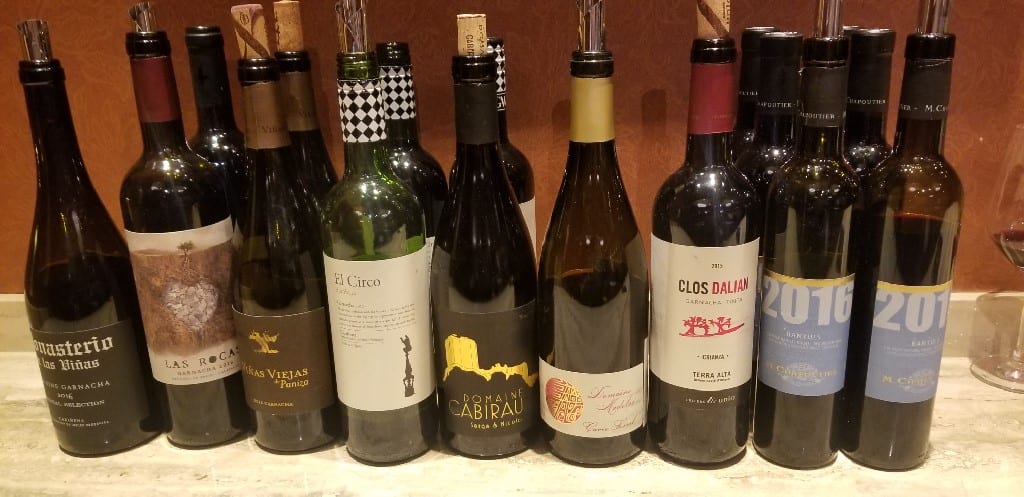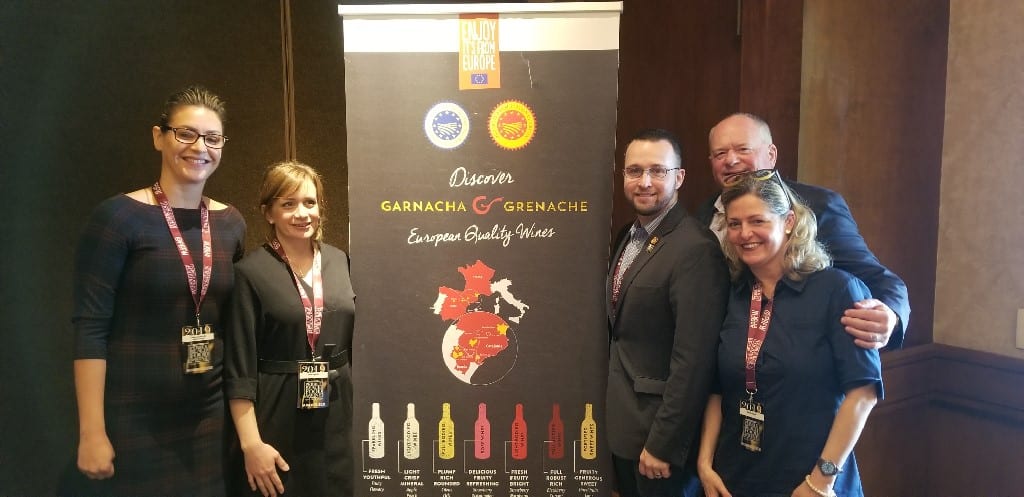Two Regions in Spain, Two Cooperatives and Two Women
I recently wrote about having dinner with representatives from two wineries in Spain. What was all the more special about this dinner, aside from the delicious wines and exquisite food from Auburn Restaurant, was the company. I had the pleasure to dine with two women from two different regions who are both in positions of power at winery cooperatives. I shared their stories in the Napa Valley Register which you can read here.
*************
I recently had dinner with representatives from two wineries in Spain. One winery is in Rias Baixes on the northwest corner and the other in Calatayud on the northeast corner. What both wineries have in common is that they are both cooperatives and both have women holding positions of power.


The wine world has long been dominated by men, and Spain, as much of the old world, has had a tradition of machismo. But women are making a name for themselves. Enrollment of women in Spain’s university winemaking programs has increased by more than 40 percent over the last 20 years. No longer stuck in the lab or in marketing, they are making the wine and running the wineries. And, I had the pleasure to sit down with two of these women and learn about them, their stories and taste their wines.
19 November, 2019





